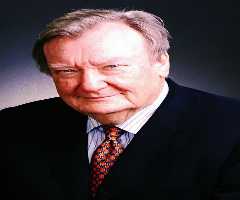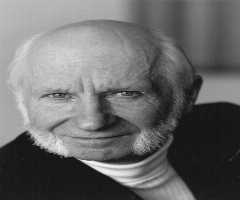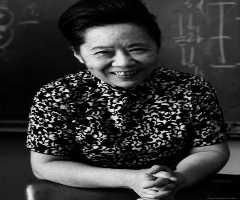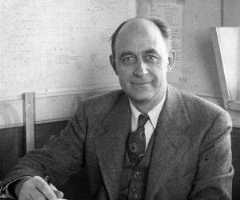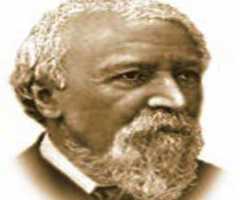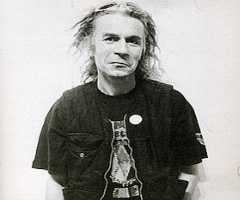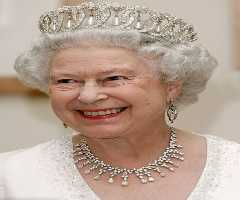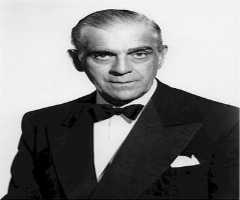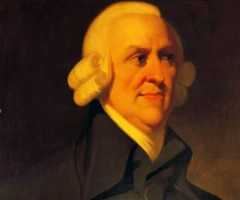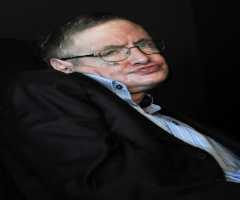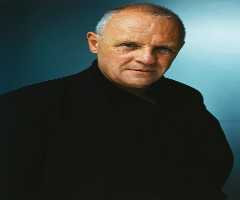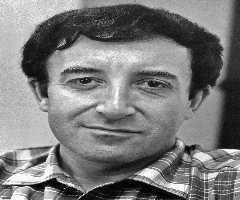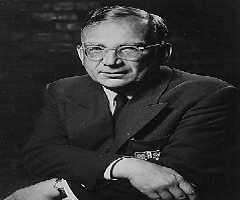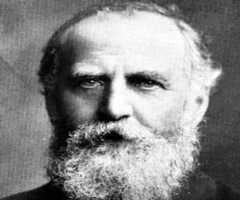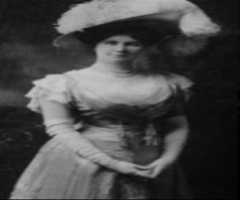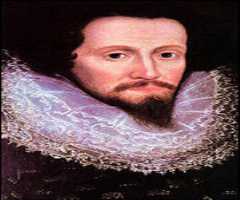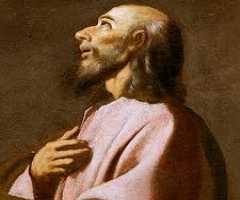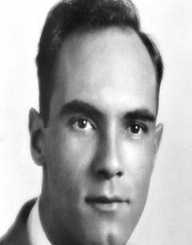
Patrick Blackett Biography, Life, Interesting Facts
Patrick Blackett best known as Baron Blackett was a British experimental physicist. Born on November 18, 1897, he was known his work on cosmic ray, paleomagnetism and cloud chambers. During the World War II, he was very instrumental in the developing operational research and advised the military on strategies. Patrick Blackett was awarded the Nobel Prize in Physics in 1948 for his research into cosmic rays.
Early Years
Patrick Blackett was born on November 18, 1897, in Kensington, London to Arthur Stuart Blackett and Caroline Maynard. His father was a stockbroker and his younger sister Marion Milner became a psychoanalyst. Patrick Blackett started his education at a preparatory school in Surrey and continued at the Royal Navy College, Osborn where he spent two years and later moved to Dartmouth. During the World War I, in 1914, Patrick Blackett was drafted into the army as a midshipman. During his service, he was sent to Cape Verde Island on HMS Carnarvon where Patrick Blackett witnessed the Battle of the Falkland Islands.
Patrick Blackett also witnessed the Battle of Jutland after he was sent to HMS Barham. While there, Patrick Blackett co-invented a gunnery device, which the Admiralty patented. Patrick Blackett was refused to join the RNAS in 1916 but as made a sub-lieutenant on HMS P17 and posted to the HMS Sturgeon in the Harwich Force where he served under Admiral Tyrwhitt. Patrick Blackett started reading science textbook during his service in the Navy and comparing the enemies weapons to the what they had at the time, Patrick Blackett became very concerned.
In May 1918, Patrick Blackett was promoted to Lieutenant but decided to leave. Patrick Blackett the opportunity to enrol at the Magdalene College, Cambridge as the Admiralty in January 1919 decided to offer officers whose training were interrupted by the war to be sent to Cambridge University. Patrick Blackett finally left the Navy to study mathematics and Physics at Cambridge.
Career
In 1921, Patrick Blackett graduated from the Magdalene and for the next ten years worked as an experimental physicist at the Cavendish Laboratory with Ernest Rutherford. In 1933, Patrick Blackett was made a fellow of King’s College, Cambridge, where he also spent a decade. Patrick Blackett partnered with Rutherford to investigate into the nitrogen atom by using the cloud chamber. From 1924 to 1925, Patrick Blackett traveled to Gottingen, Germany, where he worked with James Franck on atomic spectra. Through his work with Giuseppe Occhialini in 1932, he developed a system of Geiger counters that only took pictures by passing cosmic ray through the chamber.
In 1933, Patrick Blackett served as a Professor of Physics at Birkbeck College, theUniversity of London, where she worked for the four years. After the end of his tenure, Patrick Blackett moved to the Victoria University of Manchester, where Patrick Blackett became a Langworthy Professorship. Blackett created a major international research laboratory at the university during his service there. In 1953, Patrick Blackett became the Head of the Physics Department at Imperial College London where he retired in July 1963.
World War II And Operational Research
During the World War II, he served on the Aeronautical Research Committee in 1935, which was insisting on the installation of Radar for air defense. Patrick Blackett also served on other committees like the Royal Aircraft Establishment where Patrick Blackett contributed to the design of the Mark XIV bombsight. While on the MAUD Committee from 1940 to 1941, it was concluded that an atomic bomb was possible. Patrick Blackett, however, had a divergent view of the possibilities that the atomic bomb was feasible for the British in 1943. Patrick Blackett became a scientific advisor to the Commander in Chief of Anti-Aircraft Command, Lieutenant General Sir Frederick Pile in 1940. His work with him brought about what came to be operational research. From 1942 to 1945 Patrick Blackett served as the Director of Operational Research
Politics
Patrick Blackett had a leftist ideology and identified himself with the socialist when it comes to politics. He affiliated himself with the Labour party and usually campaigned for the party. Patrick Blackett had a radical political posture and out across his view on issues without fear of favor. In the 1940s he was against the British development of any form of an atomic weapon. Patrick Blackett had strong support for India and during after meeting Jawaharlal in 1947 and since advised the Indian armed forces on research and development.
Patrick Blackett became passionate with concerns of the poor and under privileged and proposed solving such challenges with science and technology. With his status as a scientist, Patrick Blackett tried to persuade a fellow scientist to channel their efforts into ensuring that mankind had a decent living.
Personal Life
Patrick Blackett was married to Constanza Bayon in 1924. The couple had two children, a boy, and a girl. Patrick Blackett died on July 13, 1974, his remains were cremated, and ashes interred in the Kensal Green Cemetry, London.
Awards And Honours
In 1965, Patrick Blackett became the President of the Royal Society and appointed the Order of Merit in 1967.A crater on the Moon, Patrick Blackett is in his honor. The University of Manchester honored him by naming Patrick Blackett Memorial Hall and Blackett lecture theatre after him. A Physics department building at the Imperial College is named Blackett Laboratory.

